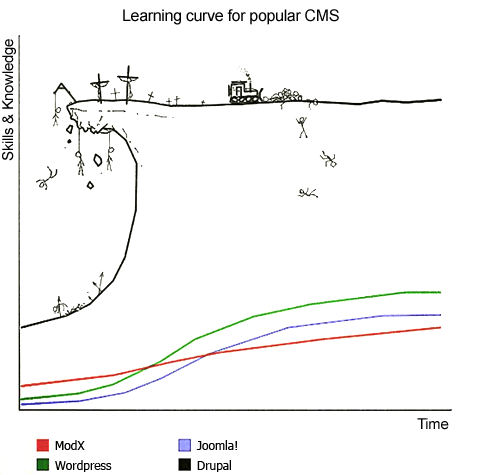A favorite Saturday radio show is Michael Feldman’s “Whad’YaKnow” with its predictable lineup of standup, quiz shows, interviews and yes, the Disclaimers. Since it seems I’m not a lucky winner of an Acer Ferrarri for all the nice things I’ve said about Vista, I want to take a stand here and say that I’m not taking back a single word. The issue has brought up (again) the question of the imparitiality of bloggers, a tempest in a teacup in the dead news week between Christmas and New Years when not much else happens other than this-year-retrospectives and pundit’s predictions for next year. Some question the impartiality of bloggers, to which I say, “Well, duh.” Bloggers are real human voices who have agendas, prejudices, biases, opinions and stubborn beliefs. Here are some of my disclaimers:
1. I make my living solving people’s computer problems. I like to say nice things about my customers and I like it when they say nice things about me. I rarely if ever mention a customer in my blog, but when I do, I point out the relationship.
2. I favor LAMP solutions because I believe they are the optimal solution for many situations. I’ve invested time, effort and money in mastering the tools to deliver those solutions, and I’d like my investment to pay off.
3. I own an Apple iMac and want to see Apple succeed.
4. I don’t own an Apple iPod and want DRM to end. I own a teeny amount of Apple stock.
5. I own stock in RedHat (NYSE:RHT) mostly to have them send me their annual report for free. I own sufficient stock to pay for about seven minutes of my retirement.
6. I don’t own any stock in Google. If anyone wants to send me some, feel free.
7. Microsoft: hard to write a simple, glib sentence that summarizes a complex relationship. I’m a former “Solutions Channel” partner, Certified Professional, MCSD, MCSE and nine-time MVP. As a Solution Provider and MVP I often received free or reduced cost products for review, testing or in-house use. I was paid as a lead author on a certification exam. I was feted occasionally with airfare and some expenses covered to visit Redmond for indoctrination/education. Some of it worked. Some of it was pitiful. I invested a lot in MS in the nineties, and I’m cashing out. Their business practices are too rough. Their “vision” is too weak. Their belief that each and every customer should be paying them hundreds of dollars each year is just delusional. I believe that Microsoft had the computer industry reins in their hands in the nineties and could have matured into a powerful and wise industry leader. They blew it.
8. Microsoft Visual FoxPro is the most productive development environment I have ever worked in, bar none. I miss it, and I’m bitter the vendor doesn’t want to promote it to their customers.
9. I have most of my meager riches in retirement funds held by big financial companies that invest it in stuff I don’t always approve of, like telecom oligopolies, pharmaceutical companies, large software companies in the Pacific Northwest (sell! sell! before it’s too late!!!), defense industries and other investments that will make money and perhaps allow me to retire some day. This doesn’t make me want to say nicer things about them.
10. Recent winners should sit on their hands and let someone else play for a change.
11. Office staff should be grateful for having a job at all and not tie up the office phones trying to play.
